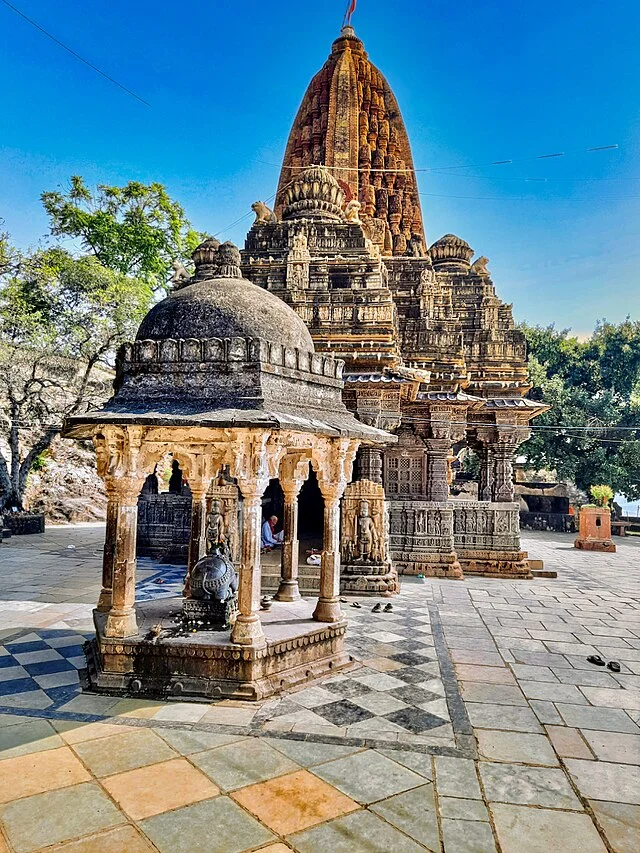The Siddhanath Temple, located in Nemawar, Madhya Pradesh, stands as a remarkable example of medieval Indian temple architecture. Dedicated to Lord Shiva, this temple showcases intricate craftsmanship, significant historical relevance, and cultural richness. The Siddhanath Temple has drawn historians, archaeologists, and devotees alike to study and preserve its unique architectural and religious significance.
Get your dose of History via Email
Historical Background
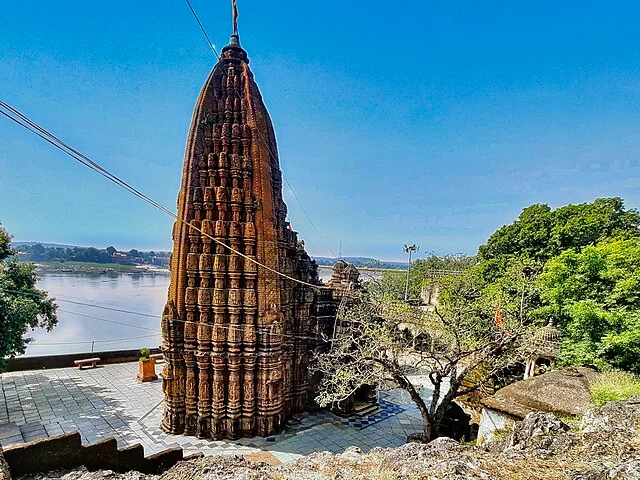
The Siddhanath Temple was constructed during the Paramara dynasty, specifically in the 11th century AD. The Paramaras were known for their patronage of Shaivism, which likely influenced the construction of temples dedicated to Shiva across the Malwa region. This dynasty, particularly under rulers like Raja Bhoja, supported a flourishing period of temple architecture in central India. The temple’s historical background is essential to understanding the medieval Hindu temple architecture in Madhya Pradesh.
Architectural Features
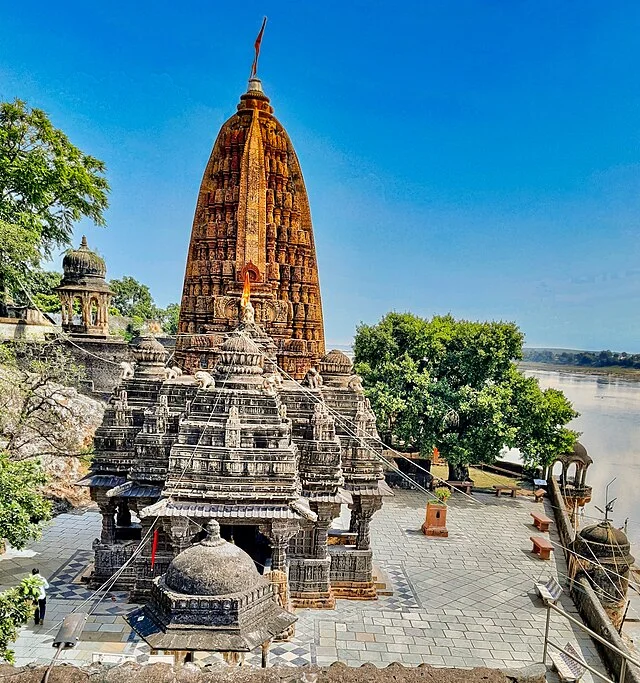
Siddhanath Temple is built in the Nagara style, a distinct North Indian architectural style known for its curvilinear towers (shikharas). This style emerged prominently during the early medieval period, and Siddhanath Temple is one of the finest examples in the Malwa region. The temple has a high platform (jagati) and a central sanctum (garbhagriha), housing a Shiva lingam, signifying its dedication to Lord Shiva.
The temple’s exterior is adorned with intricate carvings and sculptures. Figures of deities, mythical creatures, and various motifs depict stories from Hindu mythology, reflecting the skill of medieval artisans. Notably, the shikhara’s design reveals attention to verticality, with the structure reaching upwards to symbolize the spiritual ascent toward the divine.
Importance of the Narmada River Location
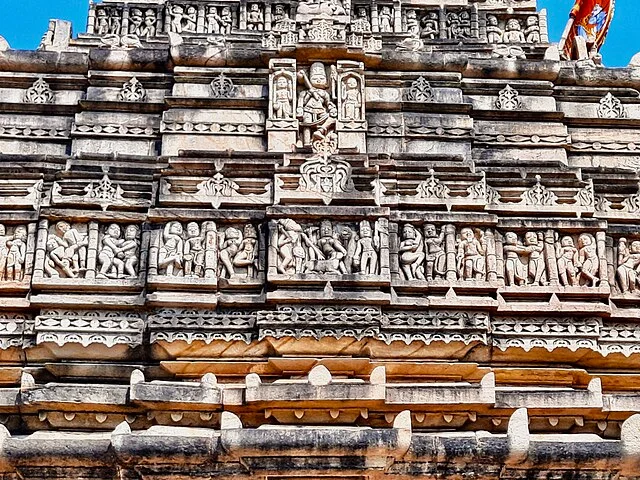
Nemawar’s location along the Narmada River is culturally significant, as the river holds a sacred place in Hinduism. Ancient scriptures refer to the Narmada as a purifying force, and temples built along its banks were often pilgrimage destinations. Siddhanath Temple’s placement on this revered river enhances its spiritual appeal and its status as a center for Shaivism.
Unique Iconography
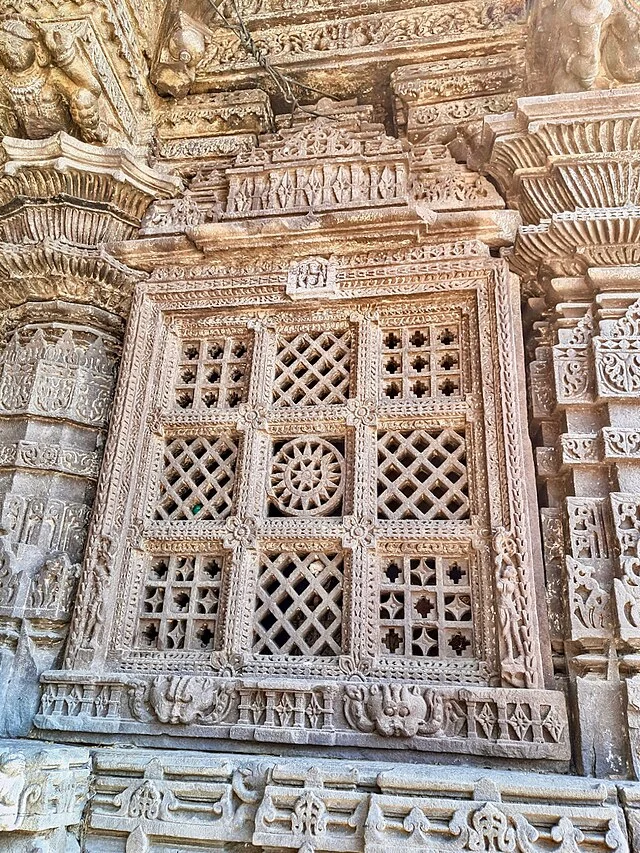
The temple features elaborate iconography, including scenes of the marriage of Shiva and Parvati, images of the river goddess, and celestial beings. These depictions showcase not only the religious devotion of the time but also the artists’ skill in stone carving. The presence of dancing celestial beings, musicians, and attendants highlights the era’s cultural emphasis on music and dance as spiritual expressions.
Restoration and Preservation Efforts
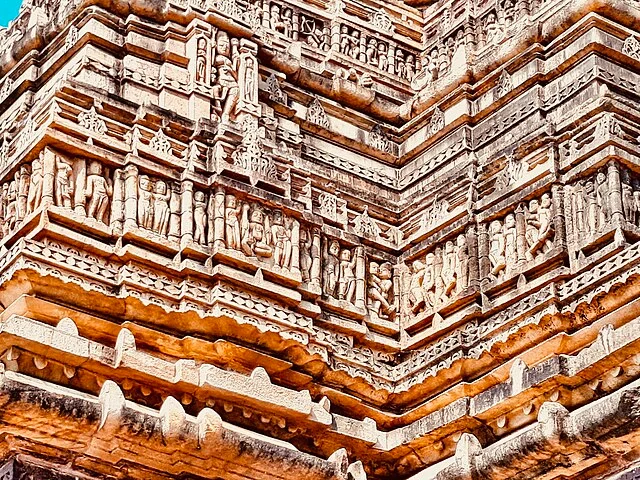
Over the centuries, Siddhanath Temple faced natural and human-induced wear. Preservation efforts have aimed to maintain the structural integrity and intricate detailing. In recent decades, the Archaeological Survey of India (ASI) has taken active steps to preserve and restore the temple, ensuring that its historical and cultural heritage remains intact for future study.
Conclusion
Siddhanath Temple in Nemawar is a valuable cultural and architectural treasure from the Paramara dynasty’s peak. Its detailed Nagara-style architecture, strategic placement along the Narmada River, and elaborate iconography highlight its historical and spiritual significance. Today, it remains a site of reverence, study, and admiration, providing insights into the era’s religious and architectural achievements.
Source:

